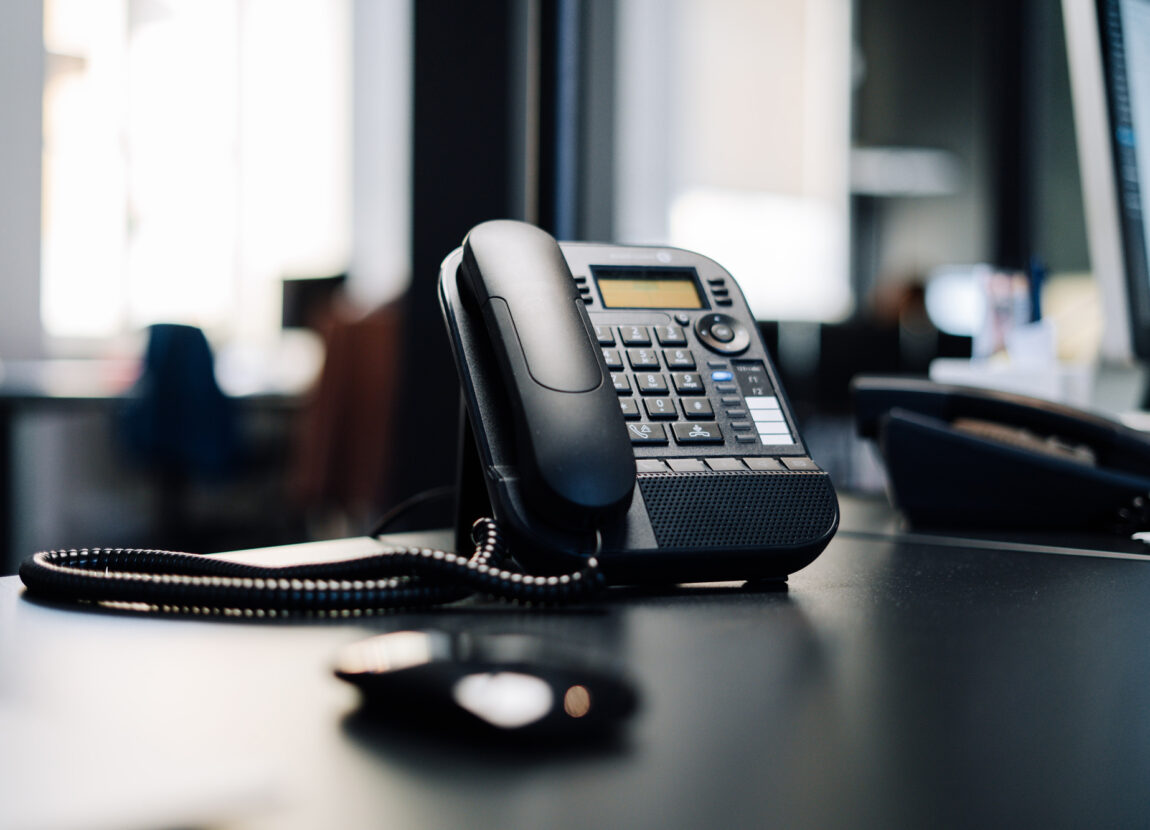What is an ‘Auto Attendant’?
An auto attendant (automated attendant) is an automated system used by businesses to answer and route telephone calls. The system gives callers a menu of options to speak to the right person for their queries. Auto attendants are often used by businesses that receive a large number of calls and need a way to efficiently direct them to different teams, and can also be used to automate common requests (like taking a card payment).
What are the types of auto attendants?
There are different types of auto attendants, and each has its own benefits and drawbacks.
The first type of auto attendant is the basic menu option. This type allows customers to choose from a list of options, such as “press 1 for customer service, press 2 for accounts”; you’ve probably experienced this kind of thing yourself before. This is the most common type of auto attendant, and it’s perfect for businesses that have a limited number of options.
The second type of auto attendant is the interactive voice response (IVR) system. This type of system uses voice recognition to interpret a caller’s request; this kind of system can be useful if you find lots of callers are selecting the wrong numbered option (e.g. because they don’t know which team they need to speak to, or because you have a large number of options).

ALL ABOUT AUTO ATTENDANTS
Benefits of an auto attendant
Consistent quality
Better customer service
Cost-effective
Multiple language options
The difference between Auto Attendants and IVRs
An IVR is the next stage in caller management. An auto attendant can provide a simple list of actions for your callers to progress down but there are a lot of limitations when it comes to the customer journey.
Interactive voice response systems feel much more natural to callers and can interpret instructions or information callers to say or input via the keypad and can relay relevant information back or route the call to the best solution for them. IVR can also reduce the need to speak to a person at all, such as through automated payment systems. Auto attendants in telephone banking, for example, can allow you to check your balance, make internal transfers and check recent transactions (up to a specific point).

Audio Attendant best practice
Choose your menu options carefully
Less is more; callers can get frustrated with menus that are too long or complex. It’s also best not to have menus within menus, if you can avoid it.
Enable live representative options
Sometimes your callers’ queries can be complex and going through an automated system can be distressing. Give your callers a direct route to speaking to someone, if they’re not sure where to direct their query.
Have the most on-demand options first
If you know that the majority of your calls are going to go to one destination or solution, don’t keep them waiting to hear every other option first — get them straight there.
Use a professional voice artist
The temptation may be to record your list of options down the phone yourself, but this can pick up background noise and generally sounds unprofessional. Leave it to the pros to ensure information is relayed clearly and succinctly to your users.
Update it over time
As your business and customers grow, things will change; you might add more services or need to keep customers updated if there’s a logistics issue. Continue to monitor and update your auto attendant as needed.

Why work with PHMG?
As the world’s leading audio branding experts, with over 32,000 clients in more than 50 countries, you’ll likely have heard what we do without even realising it.
Audio can be an often-overlooked brand asset, and our productions can have a transformative impact on the success and image of your business. Our creative team create sounds that listeners will automatically associate with your business, using over 20 years’ experience to ensure that it congruent with your brand and industry.

ALL ABOUT AUTO ATTENDANTS
FAQs
Are auto attendants hard to set up?
Are auto attendants expensive?
Are auto attendants cheaper than a receptionist?


